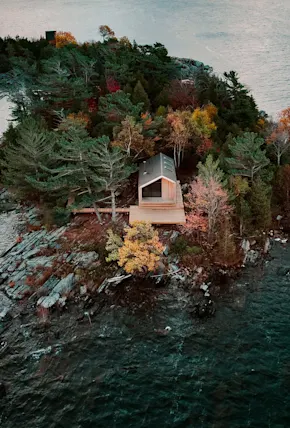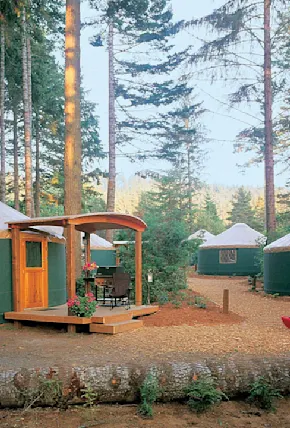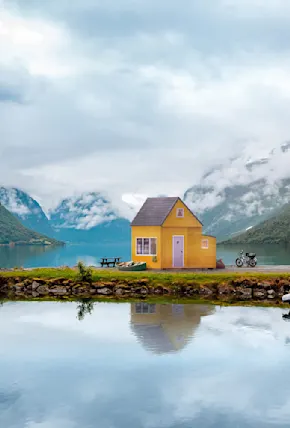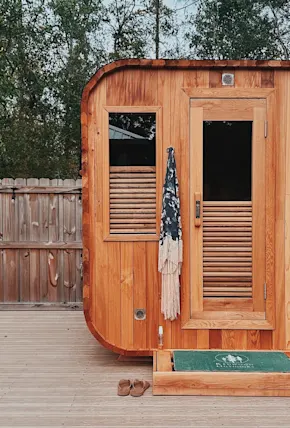As any frequent Field Mag reader knows, we're as interested in dreamy cabins and inspiring design as we are embracing and encouraging a more equitable, more diverse outdoors community. So when the opportunity to highlight a project that touches on both, everyone wins. Enter Cardinal House.
Developed to address housing shortages and inefficiencies within Canada’s First Nations communities, Cardinal House is an ongoing prefab initiative by renowned architect Douglas Cardinal, in partnership with mass timber manufacturer Element5, builder Maisons Chicoine Homes, and the Elsipogtog First Nation.











